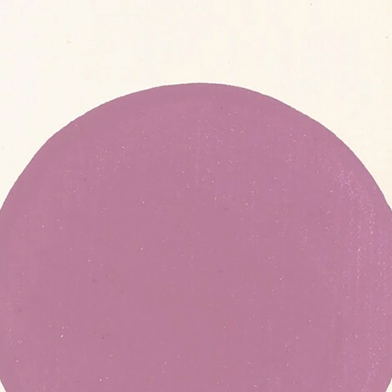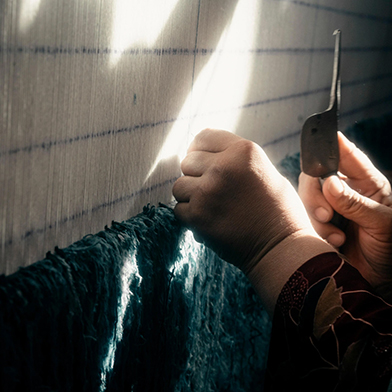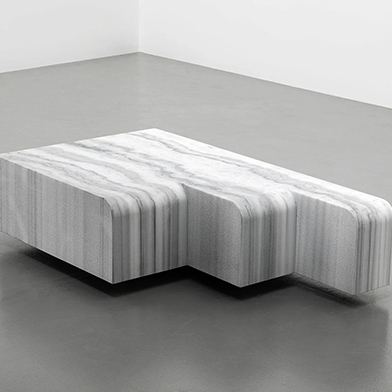By using GalleriesNow.net you agree to our use of cookies to enhance your experience. Close
Sign in
Don't have an account?



Sign Up & Never Miss a Show
- free weekly opening and closing emails
- free weekly exhibition selection emails
- save and favourite exhibitions
You have reached your save limit, why not upgrade your account?
- Personal dashboard & feed
- Unlimited favourites
- Follow galleries & artists
- Create ArtLists
- Access to our complete exhibition archive
- 10% discount in GalleriesNow shop
This is a membership feature
- Personal dashboard & feed
- Unlimited favourites
- Follow galleries & artists
- Create ArtLists
- Access to our complete exhibition archive
- 10% discount in GalleriesNow shop